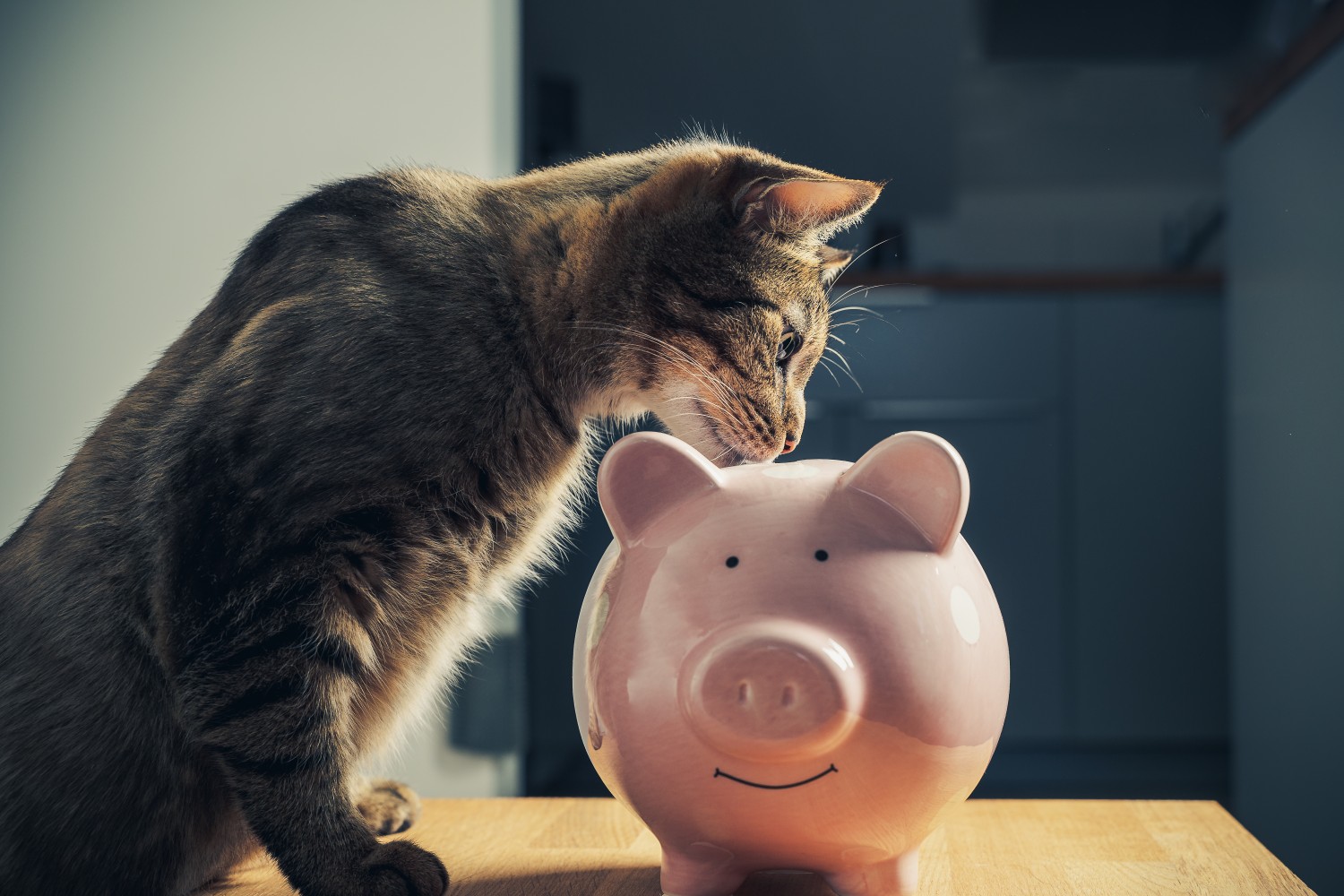How a Rainy Night and Beyoncé Kept DC Metro Running
August 9, 2023
In the captivating world of music and entertainment, artists wield a unique power that extends beyond the boundaries of the stage, leaving an indelible mark on the hearts and minds…

Pets can be expensive. As pets become a bigger and bigger part of our lives, we are spending more and more money on them. We buy them the best food. We spoil them with treats, toys, and clothing. We keep them looking good by having them groomed. And we keep them healthy by taking them to veterinarians.
Never before has there been more stuff to buy for your pets than there is today, says Matt Schulz, chief credit analyst at online financial services marketplace LendingTree.
We spent an average $690 a year on our pets in 2020—the latest analysis that is based on U.S. Bureau of Labor Statistics data. That was two-and-half times what we spent in 2013.
Chances are good that the amount went up during 2021 when “pandemic pets” were occupying millions of American homes, Schulz notes. Pet owners likely forked out more money on their pets when they spent so much additional time at home with them.
As we slowly return to normal, pet spending might recede, but we will likely see additional spending on pets for some time to come, Schulz adds.
The analysis of pet spending also shows that from 2019 to 2020, single women spent an average $504 a year on pets, whereas single men spent $381.
Baby boomers spent most money on their pets, doling out an average of $834 a year. The lowest amount was spent by those in the silent generation—those born in 1945 or earlier—whose spending averaged $296 a year.
The most pet-obsessed city in the United States is Cincinnati, Ohio, the analysis found. The city has 1.93 pet stores for every 1,000 businesses. Next in line were Bridgeport, Connecticut and Buffalo, New York.
The least pet-obsessed city was Birmingham, Alabama, with 0.77 pet stores for every 1,000 businesses.
If you are being drowned by the cost of pet care or you are thinking of adopting a pet but the figures on pet spending have put you off, you are among 39% of Americans who feel that way, the analysis found.
To help you, LendingTree offers these tips:
• Include pet care in your budgeting.
Pets can be expensive, but it can help if you include pet care in your monthly budgeting. Should your dog love squeaky toys, for example, but chews up each toy at the rate of about one a month, include the cost of a new toy a month in your spending plans.
Anything on which you spend a significant amount should be included in your budget, LendingTree’s Schulz explains. It’s the same with pet costs.
• Start a “sinking fund” for pet emergencies.
Budgeting helps when it comes to regular expenses, but pets can have emergencies, just as people do. To cope with those, open a special account for pet medical or other emergencies.
In a 2021 survey 45% of pet owners said they would have to take on additional debt to cover a pet expense running at $1,000. As it was, 10% were already into debt for their pet’s expenses.
To manage such expenses, establish a savings account that is dedicated to pet emergencies, sometimes called a “sinking fund.” If you put a regular amount into the fund each month, you should have enough money saved over time. You can dip into that fund when an emergency occurs and you will not have to put those costs on a credit card.
If you can pay cash for even some of those expenses, it can assist you to break the debt cycle into which so many Americans fall, Schulz says.
• Buy pet supplies in bulk.
Inflation is hitting a lot of consumer items these days. Pet supplies are not an exception. A way to lessen those additional costs is to buy goods in quantity. By doing so you can lock in a price for at least some time before the next price increase hits.
A warning: Should you buy in bulk, make sure that your pet will use the product. Your cat probably will use several boxes of cat litter, but you are unlikely to need a dozen carriers for your cat.
• Check out the Humane Society for veterinary services.
Should the expense of annual pet spending make you feel as though pet ownership is unattainable, check out whether there is a local Humane Society chapter near you. They offer clinics for animal care, thereby lowering the cost of veterinary services.
• Consider fostering a pet.
Many animal shelters have foster plans enabling you to take care of a dog or cat for a certain time before they are adopted. You will still have to buy pet supplies, of course, but the veterinary care will be covered by the shelter.
Did you find this content useful? Feel free to bookmark or to post to your timeline for reference later!